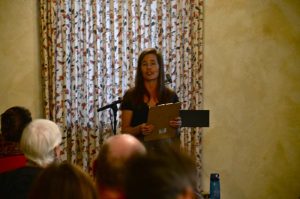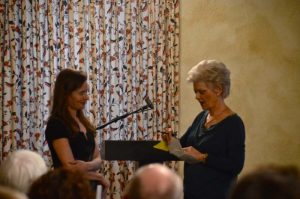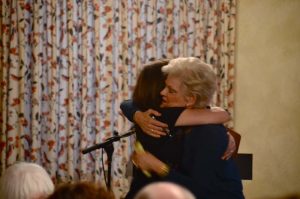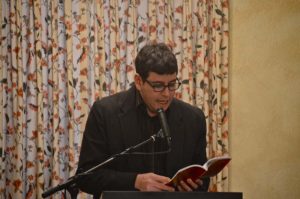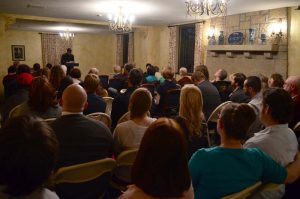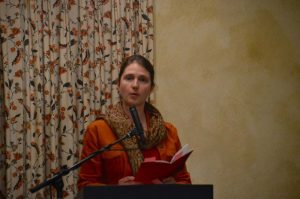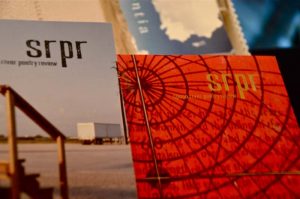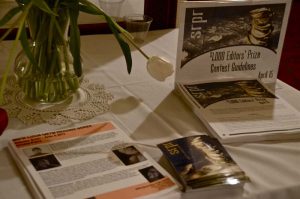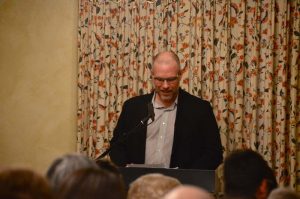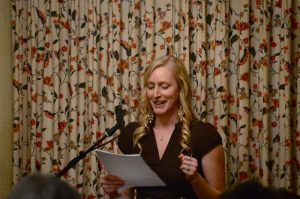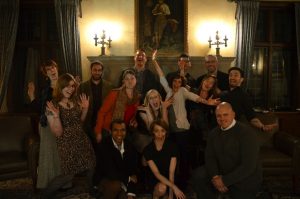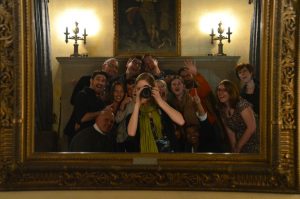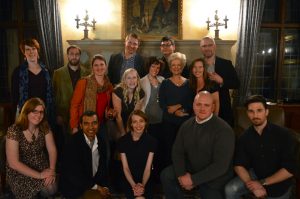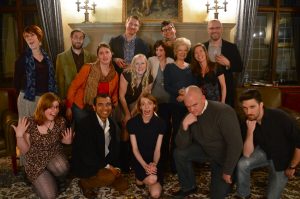Shailen Mishra, Blog Editor & Series Contributor
As I read the two poems “Picking Pole” and “The Machete” by Arvind Krishna Mehrotra that appeared on SRPR’s Issue 38.1, I was intrigued by the crisp diction, details, and thrifty narrative. I paused and tried to dig deep for meaning and purpose behind each word. But soon I became distracted. I was thinking of the historic conversation on the English language that has preceded this poem in the Indian literary movement. One does not have to be aware of this conversation to understand the meaning of the two poems; yet, it helps one to get a sense of Mehrotra’s aesthetics.
The historic conversation is about the “chutnification” or “biryanization” of the English language. When Salman Rushdie entered the world stage with Midnight’s Children and The Satanic Verses, he had set in motion the chutnification process in the most eye-catching manner (though previous Indian authors have made similar attempts to some degree). For authors like Rushdie and the Indian characters in their novels, English has ceased to be a “colonizer’s tongue” that needed to be approached with caution and trepidation. Why, by that time English had become the everyday or even first language for many. And English was getting chutnified, getting influenced by local languages in varying degree. So the polyphony of Englishes that are manifested in Rushdie’s narrative is a bold affirmation that Indians do have a legitimate claim to the English language. And while Rushdie termed this chutnification, the Indian poet Agha Shahid Ali called it biryanization. The emphasis was on a complex whole without being simplistic about which ingredient played a more dominant role than others. Ali who hailed from the Muslim community of North India wished his readers to “hear the music of Urdu” in his English poetry (4 Twelve Modern Indian Poets). Even though English was the conveying medium here that did not put it on competing ground with Urdu.
Mehrotra admits of “chutnification” or “biryanization” in his own works and any writing in “Indian English” for that matter. But he is of the firm opinion that the intersections between languages are messy, and that any neat model of linguistic convergence/collaboration must be debunked as simplistic. When a fellow poet and critic (Rajagopal Parthasarathy) offered a layered model of linguistic interaction (i.e. Indian languages–the mother tongue–at the bottom, Hindi as the national language in the middle, and English at the top), and authors using one language (read English) as a vehicle to capture the linguistic essence of their mother tongues, Mehrotra scoffed at the idea. He writes: “A problem with this model is that it treats Indian poet as someone who chiefly transports linguistic and cultural material from the bottom to the surface…it tends to narrowly equate Indian poetry with Indianness” (5 Twelve Modern Indian Poets) What Mehrotra criticizes is the essentialism that views English as the “other”, hence incapable of capturing “Indian” experience because of its “un-Indianness.” Against such dichotomic separations Mehrotra rails, and his inclusive approach and hybrid sensibilities are not simply limited to linguistic spheres. In his book The Transfiguring Places: Poems, Mehrotra writes: “…As the bus gathered speed, / I saw it quivering in the heat-haze, / A place whose name I hadn’t known or asked, / Which I sometimes think was Shiraz, or a firth / In the North Sea from where the skalds set out” (7). Thus a moment in the obscure region of Uttar Pradesh (India) transforms and transcends spatially and temporally to ask an unsettling question: who is narrating here? An Indian, Persian or Scandinavian poet? Is the answer that straightforward?
Mehrotra’s belief seems to be that what we take to be rigid boundaries are in fact porous. And for an artist it is not enough to acknowledge and reveal this porousness, but to enlarge it further to an unsettling, questionable degree, where the things that were formerly oppositional, dichotomic, and separated are found “alongside”, their boundaries not just touching but overlapping each other. Mehrotra provides the brassiest example of this porousness in his translation of songs of Kabir, a fifteenth century Indian mystic whose popularity lies in advocating a casteless, inclusive, and benign side to Hinduism. Into Kabir’s simple and ironical expressions, Mehrotra inserts modern day slangs and anachronisms: “When death already / Has you by the balls” (78), “Smelling of aftershave / And deodorants” (72). What irreverence it may seem? But for Mehrotra it’s about breaching the time barrier between the ancient and modern expressions; thus, “elaborating” upon a point that Kabir is trying to make about the slipperiness of Hindu/Muslim, abstract/concrete dichotomies.
When binaries are disallowed, hierarchies are dismantled, and an awareness of “alongside” is introduced, we see things in juxtaposition, where dualities and multiplicities are preserved, without reducing one thing into the other or without separating one from the other neatly. But, how to express these dualities or multiplicities? Or to say in Mehrotra’s sense, how to “elaborate” upon them? His two poems, “Picking Pole” and “The Machete”, present the inside/outside in a seamless poise. In “Picking Pole”, the time has stilled. The Rangoon creeper is about to sneak in to the house and birds have taken to the roof quite comfortably. While their watcher is outside the house, at the “border” of mango trees, with a pole in his hand to pick mangoes, to sever them from their host bodies. Like an intruder he stands (like the plant or birds), and the act of breaching is mutual here: from inside to outside, and outside to inside. Change the implement in hand from picking pole to machete and another intrusion occurs in the next poem: “Dragging it [the young tree] across the yard, / I almost didn’t see the nest…It looked warm, / Habitable, like the house I entered / To put away the machete…” The irony lies in the narrator’s realization, his juxtaposition of the “inside” of the house with that of the nest. Who is the outsider here? The bird who nested in a tree in the narrator’s property, or the narrator whose dual act of violence (upon the tree and the nest) calls into question his entitlement?
In an anthology titled The Oxford India Anthology of Twelve Modern Indian Poets, Mehrotra writes in the introduction to the poet Arun Kolatkar’s works: “Details are the cornerstones of our visual world” (54). Moreover, these details need to expose the familiar in a novel way. Mehrotra’s two poems are replete with exquisite details. And seeing them in isolation is missing the point; rather, in their juxtaposition they amplify the porosity of what we take for granted as stable, concrete, and unquestionable.
≅

Shailen Mishra is a book hopper, story whore, poetry pariah, novelist, three times failed guitar learner, and an aspiring didgeridoo player. He holds a Ph.D. from Illinois State University and an MFA from North Carolina State University. In his spare time, he edits SRPR’s blog and manages its website.







